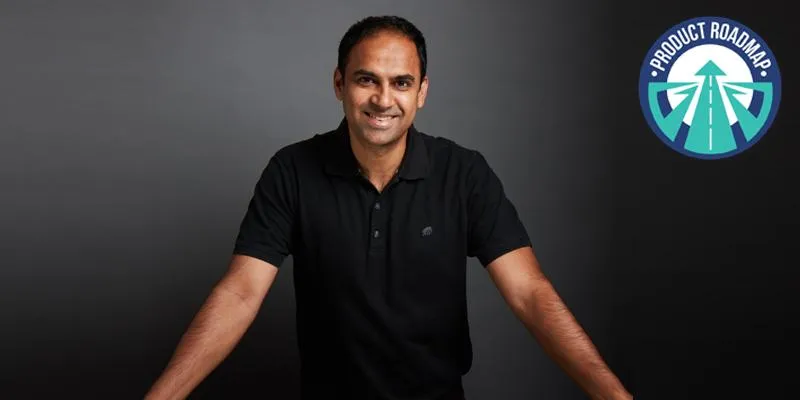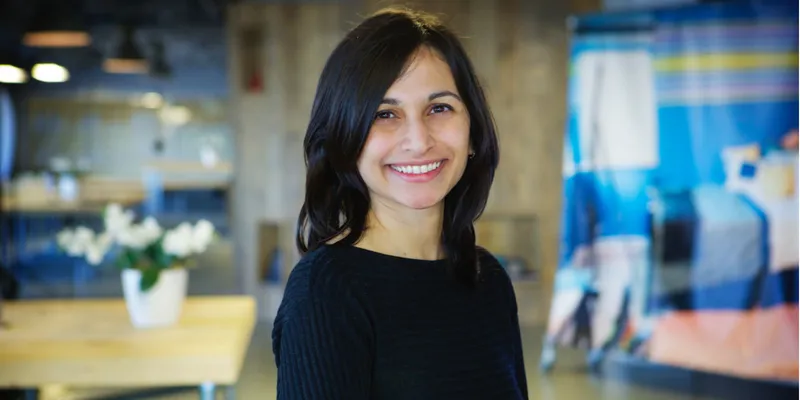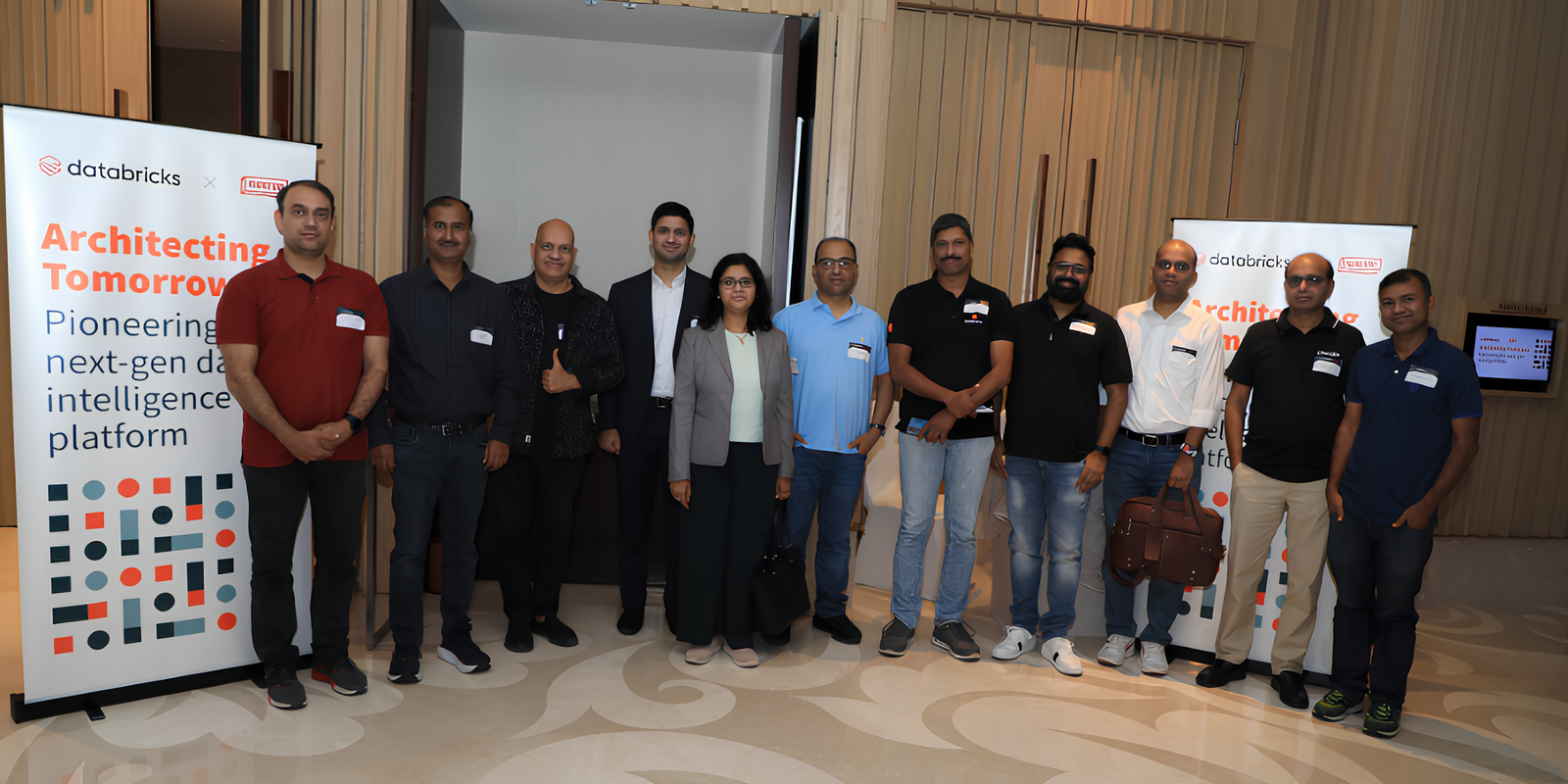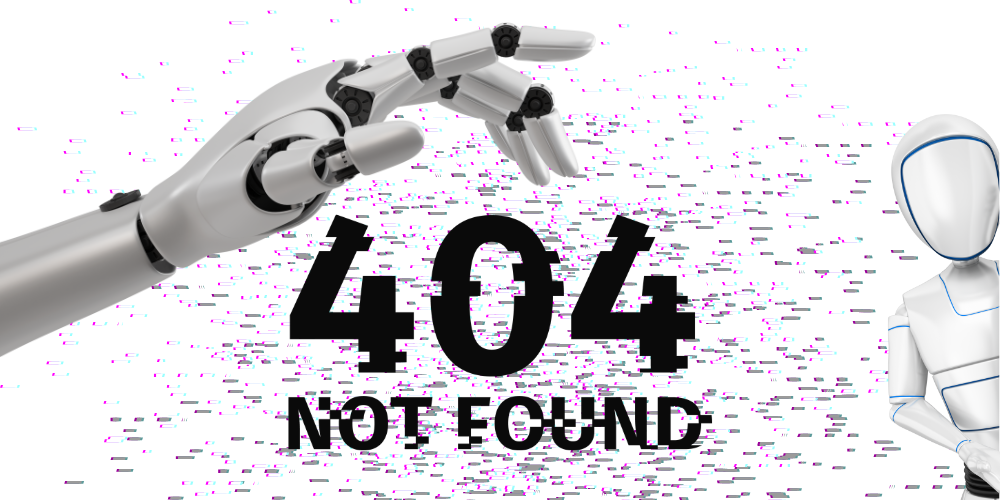[Product Roadmap] From affordable diagnostics to coronavirus tests, how Qure.ai is tapping deep tech
A product roadmap clarifies the why, what, and how behind what a tech startup is building. This week, we take a closer look at healthtech startup Qure.ai, which uses AI to make diagnostic imaging easier and more affordable, and is now focusing on coronavirus testing.
In 2016, Dr Pooja Rao, a physician who also is a data scientist, and AI expert Prashant Warrier decided to use AI to make diagnostic imaging like X-rays and MRIs affordable and accessible.
The duo had realised that the volume and complexity of diagnostic imaging was significantly increasing. Radiology expertise is scarce and expensive, which means that not all patients receive an accurate, timely diagnosis. Also, the complexity kept increasing.
Prashant and Pooja knew deep learning technologies had the power to process large volumes of medical data and detect anomalies based on patterns. They co-founded , and spent close to a year on R&D, and training their algorithms.
Qure.ai’s solutions use AI to automatically interpret radiology scans, enabling faster diagnosis and speed of treatment in critical moments of care. The Mumbai-based healthcare startup recently raised $16 million in funding, led by Sequoia India and supported by MassMutual Ventures Southeast Asia.
Now, as the world battles a pandemic, Qure.ai is readying to do its bit to help curb the further spread of coronavirus.
The startup has launched two offerings for COVID-19: a repurposed tool that can interpret an X-ray to detect findings indicative of COVID-19 and an app-based solution for contact tracing and remote triaging of coronavirus patients.

Prashant Warier, Co-Founder, Qure.Ai
Using tech and AI
Qure.ai develops deep learning solutions that automatically read and interpret medical images like X-rays, CT scans, and MRIs. The company's product is an AI-based radiology diagnostic aid. The flagship applications focus on chest X-ray abnormality detection and brain CT analysis for emergency care.
“We integrate with imaging devices and software to upload and process these radiology images, either on the cloud or on-premise at the healthcare centre. Currently, our solutions have impacted more than 600,000 lives, and are being used in more than 20 countries for the screening of tuberculosis, triaging of trauma and stroke cases, and automated reporting of chest X-rays,” Prashant says.
All the startup's solutions are CE-certified. Qure.ai's claims its head CT scan product can detect every critical brain abnormality, including five types of intracranial haemorrhages, cranial fractures, infarcts, midline shift, and mass effect (for tumour detection).
The initial setback and understanding
The initial understanding from user interviews was that since tuberculosis could be confirmed on a chest X-ray, there was no potential use of the solution in this area.
As they learned more about the disease, which has one-fourth of the global patient load in India, the co-founders realised that there was a use case for TB screening using chest X-rays. This was vital as the confirmatory test for TB is expensive, scarce, and time consuming.
In comparison, X-ray devices are far more common, inexpensive (costing as little as Rs 60 per X-ray in some locations), and fast. What was missing was the ability to interpret X-rays, more so in impoverished parts of the world where TB is more prevalent.
“Using our solution qXR for an AI-based interpretation of chest X-rays can make TB diagnosis available even in the remotest parts of the country at a low cost,” Prashant says.
However, the early life of their product started with a glitch. The first time the team deployed qXR at a radiology centre in India two and half years ago, they saw a drop in accuracy from what they had observed in training and test datasets to what the doctors saw.
“It was an eye-opener for us. We knew generalisation of AI algorithms was always a challenge, but given that we had trained this model on about 50,000 X-rays from a variety of centres, we assumed the deep learning models would generalise to a new dataset,” Prashant says.
The team then decided to work towards massively increasing the training and testing dataset. “That led to our current training database of about 2.5 million X-rays,” he adds.

Dr. Pooja Rao, Co-founder Qure.AI
Developing the CT scanner
The next eureka moment for the team was when they were deploying qER, the head CT solution, to detect trauma and stroke cases at a hospital in India.
They integrated with the CT scanner and radiology viewing systems at the hospital, but one challenge emerged: radiologists were not at the hospital during evenings and nights. Reading critical trauma and stroke scans was a challenge and the Qure.ai team was not solving for that by integrating with the hospital IT system.
“We then sent processed scans with AI interpretation results to the radiologists’ phone as a Telegram message, which alerted them of a critical trauma or stroke patient being scanned at the hospital within a minute,” Prashant says.
Focusing on healthcare
It was moment of stepping up and changing the systems.
“That deployment also taught us a few more things. Until then, we thought of ourselves as a deep learning/AI company. At that moment, we realised that we must transform into a healthcare company. While our core capability and IP will always be AI, we needed to build a lot of plumbing around it to make our AI algorithms accessible to radiologists and other medical practitioners around the globe,” Prashant says.
The team invested early into building the healthcare, IT, and engineering skillset. It has since then deployed its solutions in 60+ locations across 20+ countries over the past two years.
"We built integration layers into the healthcare ecosystem, our own Android app, integration into commonly used messaging apps, and a lightweight medical record and image viewer system. All this came in handy as our software is now deployed across a varied client base - from tent-based rural health centres in Malawi, Africa, to the largest teleradiology group in the US. Each of our clients has unique ways of using our products,” Prashant says.
Qure.ai then began work on a system that captured the combined expertise of hundreds of doctors to create faster, better, and wider-reaching diagnostics. The team worked to train algorithms to perform tasks previously dominated by highly trained doctors.
This freed up the doctor’s time to prioritise and focus on cases that needed special attention. It also helped enable more accurate diagnosis, leading to better outcomes for patients - at lower costs.
Prashant explains that Qure.ai uses open-source deep learning toolkits, but all the technology is developed in-house. Training algorithms to interpret radiology images is very different from other kinds of image recognition algorithms.
“Firstly, radiology interpretation is a highly specialised skill that requires years of expertise. Secondly, a chest X-ray is about 250 times larger than the size of images on which most deep learning algorithms work. Thirdly, CT scans and MRIs are three-dimensional objects that significantly complicate the algorithm development process,” he says.
The user-feedback look comes into effect when “we present an AI-interpreted report to the user; they edit that before sharing with patients. The edited report can go back into our training models as an important data point and is used to improve our algorithms”.
Priming the systems for coronavirus
Prashant says the experience in tackling TB in more than 10 countries has helped in working on the needed tech, and the startup is launching two offerings for COVID-19.
“Our qXR tool has now been repurposed to also interpret an X-ray to detect findings that can be indicative of COVID-19. It can also quantify the proportion of lungs affected due to the lesions,” Prashant says. He explains that it can be used to screen COVID-19 patients, who need to undergo further testing, and to monitor progression of the virus.
The team has also developed qSCOUT, an app-based solution that can be used for contact tracing and remote triaging of coronavirus patients.
“We offer app-based registration of patients and their contacts, and remote monitoring of symptoms using WhatsApp chat or tele-calling,” Prashant says.
The pandemic may have put the brakes on some plans, but the team is nevertheless looking to expand Qure.ai's product portfolio.
(Edited by Teja Lele Desai)






![[Product Roadmap] From affordable diagnostics to coronavirus tests, how Qure.ai is tapping deep tech](https://images.yourstory.com/cs/2/a9efa9c02dd911e9adc52d913c55075e/WhatsAppImage2020-03-31at11-1586233172038.jpeg?mode=crop&crop=faces&ar=2:1?width=3840&q=75)







![[TechSparks 2020] Soumya Rajan of Waterfield Advisors on guiding Indian family offices to sustainable wealth creation](https://images.yourstory.com/cs/2/220356402d6d11e9aa979329348d4c3e/waterfield-feature-1604492757941.png)